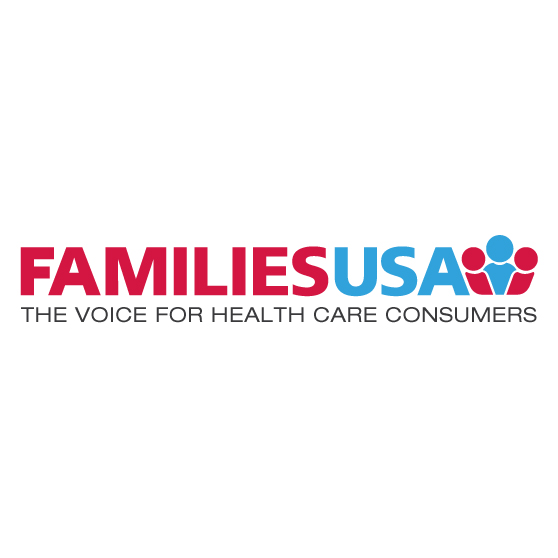Public Options and Other Policies to Lower Health Insurance Premiums Need Guardrails to Protect Low- and Moderate-Income Consumers
By Stan Dorn,
06.08.2020
The RAND Corporation, in collaboration with Families USA’s National Center for Coverage Innovation and leading national actuarial firms, just released a groundbreaking analysis of public options in the individual market. Here are some important “take-aways”:
- If a state lowers premiums in the individual market, whether by offering a public option or pursuing other initiatives, higher-income people ineligible for premium tax credits (PTCs) benefit, but low- and moderate-income people can lose their insurance or be charged more for coverage.
- By contrast, a state that combines a premium-reduction policy, like a public option, with guardrails that limit PTC erosion can help people across the income spectrum, including PTC beneficiaries and higher-income consumers alike.
This should matter to policymakers concerned about racial and ethnic disparities or income inequality. According to Families USA research that analyzes both national and state data, 26% of PTC-eligible consumers are Latino, African-American, or Native American, compared to 17% of individual-market consumers with incomes too high for PTCs. In the latter group, 70% earn more than $100,000 a year, and 23% have incomes above $200,000. By contrast, just 6% and 0.3% of PTC-eligible consumers earn above these respective thresholds. To read the full analysis, click the download button, below.


